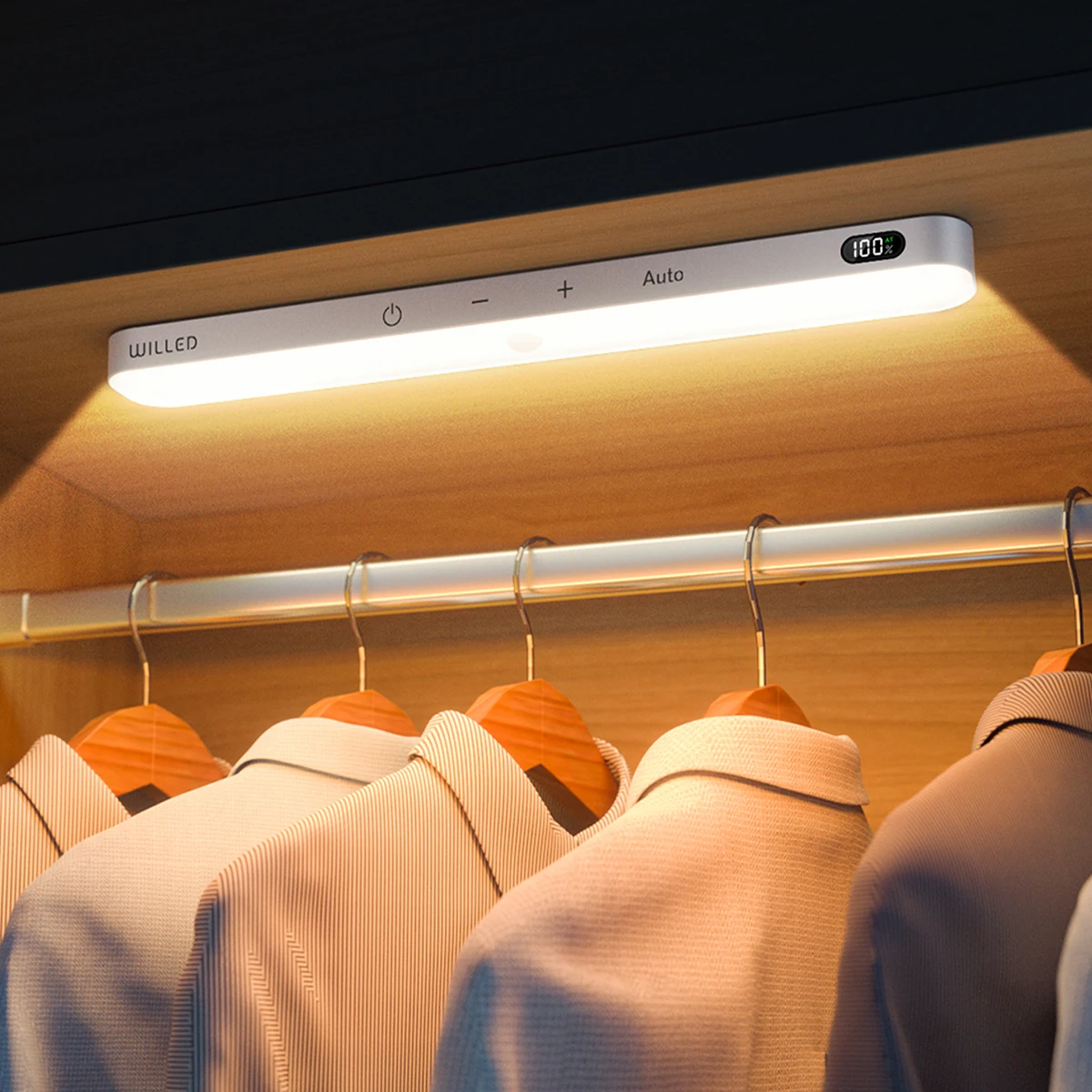
Using the Motion Sensor Lighting for a More Convenient Life
Smart electrical devices are gradually replacing traditional ones to better serve human life. Instead of coming home after a stressful day of work and having to deal with various tasks, you can now simply enjoy a more straightforward life. One of the highly favored smart devices today is the Motion sensor lighting.

What is Motion Sensor Lighting?
Motion sensor lighting refers to lights with the ability to automatically turn on and off. These lights operate based on an infrared sensor installed inside. When someone enters the sensor’s range, the light automatically turns on, triggered by the detected motion. The light remains illuminated for a specified period and then automatically turns off—a duration that can be adjusted according to your preferences.

These lights are commonly used in hallways, walkways, concealed areas in households, basements, public restrooms, and more. They illuminate when needed and automatically turn off when no one is present, preventing continuous usage that can be detrimental to both the bulbs and your electricity bill.
Types of Motion Sensor Lights
Motion sensor lights come in various types, including:
- Surface Mount Motion Sensor Lights: These lights are installed on the ceiling and are suitable for locations like balconies, entrances, and hallways where there is no suspended ceiling for recessed installation.
- Recessed Ceiling Motion Sensor Lights: These lights are flush-mounted into suspended ceilings, providing a more aesthetically pleasing appearance for areas such as hallways, bathrooms, and balconies with suspended ceilings.
- Infrared Sensor LED Bulbs: These bulbs can replace traditional bulbs in standard light fixtures and automatically turn on/off when someone enters the sensor’s range.
- Staircase Motion Sensor Lights: Designed for staircases, these lights automatically illuminate as you ascend or descend. The number of lights is tailored to match the staircase layout.
- Garden Motion Sensor Lights: Outdoor lights for areas like gardens and playgrounds that automatically illuminate when someone is detected and turn off after a set time. They often feature adjustable light sensitivity to operate only at night.
Microwave Sensor Lights (DMC3): These lights use radio wave motion sensors, offering higher sensitivity, range, and accuracy compared to infrared. They can penetrate walls, making them suitable for industrial applications in spaces like warehouses, workshops, high-rise buildings, restaurants, etc. Microwave sensor lights come in various forms, such as surface-mounted, recessed, or bulb types.

Why Use Motion Sensor Lights?
Many might wonder why opt for motion sensor lights when traditional lights are readily available. The answer lies in the numerous benefits they offer:
- Efficient Energy Saving: Motion sensor lights effectively conserve energy by only activating when needed.
- Safety: They enhance safety by automatically providing illumination in dark areas.
- Enabling Smart and Modern Living: Motion sensor lights contribute to creating a smart and modern living environment.
- Cost-Effective Investment: The initial investment cost is reasonable for the benefits provided.
Easy to Upgrade and Install: Motion sensor lights are easily upgradeable and straightforward to install.

These are the fundamental aspects of motion sensor lights that you should be aware of before selecting a product for your use.



Leave a Reply